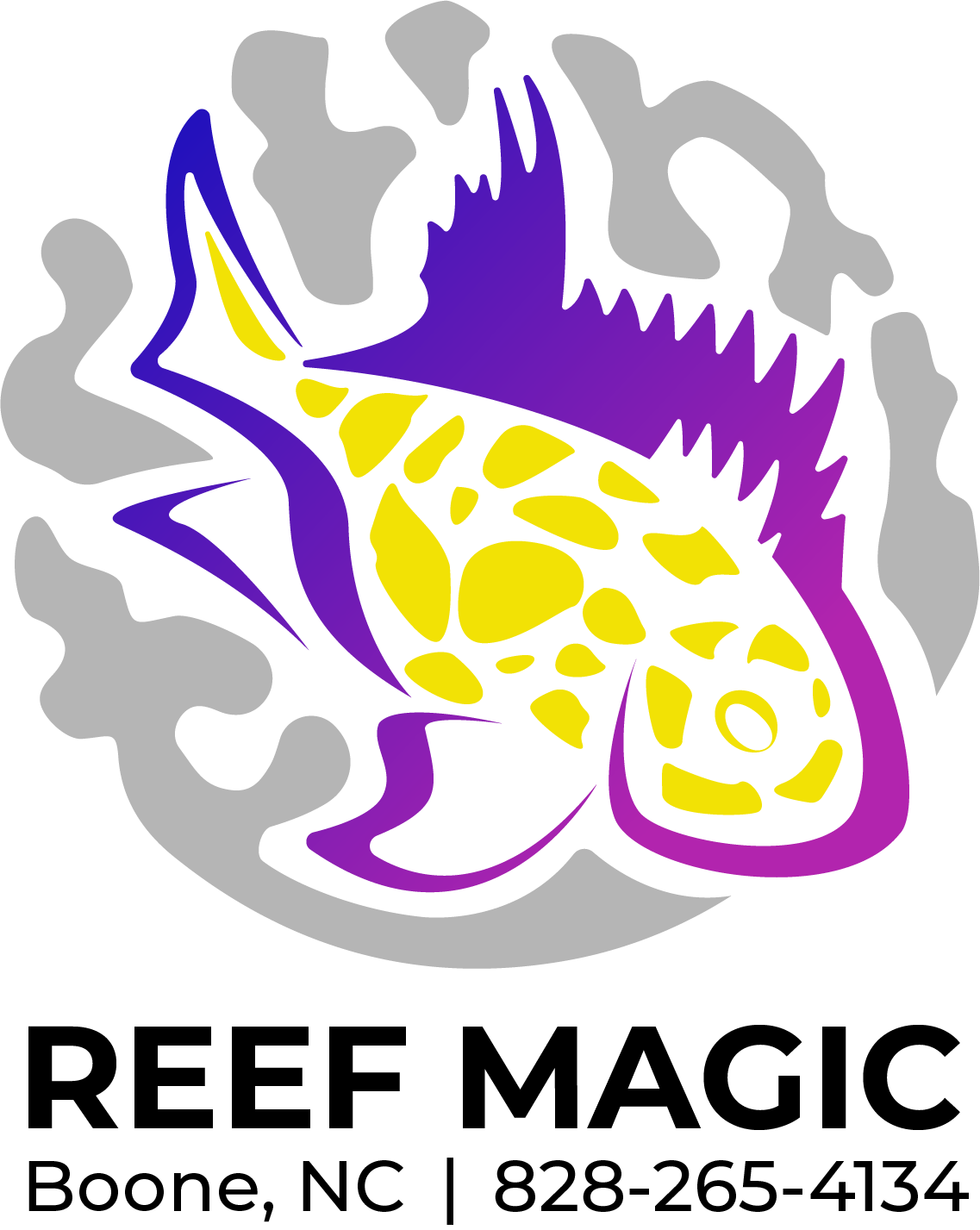 Image 1 of 1
Image 1 of 1


Foxface- Fiji sm
The Fiji Foxface, also known as the One-spot Foxface or Rabbitfish (Siganus uspi), is a popular marine fish prized for its striking appearance and peaceful demeanor. Here's a care guide for the Fiji Foxface:
Tank Setup:
Fiji Foxfaces are relatively large fish and require a spacious aquarium. A tank size of at least 100 gallons (380 liters) is recommended to provide ample swimming space and accommodate their adult size.
Provide plenty of live rock structures with caves, crevices, and hiding spots to allow the Fiji Foxface to establish territories and feel secure.
Ensure good water circulation and quality, as well as appropriate lighting, to support the growth of beneficial algae and provide a healthy environment.
Water Parameters:
Maintain stable water parameters within the following ranges:
Temperature: 72-78°F (22-26°C)
Salinity: 1.020-1.025 specific gravity
pH: 8.1-8.4
Ammonia, nitrite, and nitrate levels should be undetectable or kept at very low levels through regular water changes and efficient filtration.
Tank Mates:
Fiji Foxfaces are generally peaceful and can be kept with a variety of other marine fish species.
Avoid keeping them with aggressive or territorial fish that may harass or intimidate the Fiji Foxface.
Compatible tank mates include other peaceful community fish, smaller tangs, angelfish, and peaceful wrasses.
Diet:
Fiji Foxfaces are herbivores and primarily feed on algae and plant matter in the wild.
Offer them a varied diet consisting of high-quality marine flake or pellet food, frozen herbivore preparations, and fresh or dried marine algae.
It's beneficial to provide occasional treats like blanched vegetables (such as zucchini and cucumber) to supplement their diet with essential vitamins and minerals.
Tank Environment:
Provide moderate water flow in the aquarium to mimic their natural reef habitat.
Live rock formations with caves and crevices are essential for the Fiji Foxface to establish territories and feel secure.
Include plenty of open swimming space while also providing hiding spots to reduce stress.
Behavior:
Fiji Foxfaces are generally peaceful but may become territorial towards conspecifics (members of the same species) and similar-looking fish.
Monitor their behavior closely, especially when introducing them to a new tank or adding new tank mates.
They may exhibit typical rabbitfish behavior, such as grazing on algae and patrolling their territory.
Health:
Fiji Foxfaces are generally hardy but can be susceptible to common marine fish diseases like marine ich (white spot disease) and bacterial infections.
Maintain optimal water quality, provide a balanced diet, and quarantine new fish before introducing them to the main aquarium to prevent the spread of diseases.
Regular observation and prompt action in response to any signs of illness or stress are essential to keeping the Fiji Foxface healthy.
By providing a suitable environment, proper diet, and attentive care, the Fiji Foxface can thrive and become a beautiful and peaceful addition to a well-maintained marine aquarium.
The Fiji Foxface, also known as the One-spot Foxface or Rabbitfish (Siganus uspi), is a popular marine fish prized for its striking appearance and peaceful demeanor. Here's a care guide for the Fiji Foxface:
Tank Setup:
Fiji Foxfaces are relatively large fish and require a spacious aquarium. A tank size of at least 100 gallons (380 liters) is recommended to provide ample swimming space and accommodate their adult size.
Provide plenty of live rock structures with caves, crevices, and hiding spots to allow the Fiji Foxface to establish territories and feel secure.
Ensure good water circulation and quality, as well as appropriate lighting, to support the growth of beneficial algae and provide a healthy environment.
Water Parameters:
Maintain stable water parameters within the following ranges:
Temperature: 72-78°F (22-26°C)
Salinity: 1.020-1.025 specific gravity
pH: 8.1-8.4
Ammonia, nitrite, and nitrate levels should be undetectable or kept at very low levels through regular water changes and efficient filtration.
Tank Mates:
Fiji Foxfaces are generally peaceful and can be kept with a variety of other marine fish species.
Avoid keeping them with aggressive or territorial fish that may harass or intimidate the Fiji Foxface.
Compatible tank mates include other peaceful community fish, smaller tangs, angelfish, and peaceful wrasses.
Diet:
Fiji Foxfaces are herbivores and primarily feed on algae and plant matter in the wild.
Offer them a varied diet consisting of high-quality marine flake or pellet food, frozen herbivore preparations, and fresh or dried marine algae.
It's beneficial to provide occasional treats like blanched vegetables (such as zucchini and cucumber) to supplement their diet with essential vitamins and minerals.
Tank Environment:
Provide moderate water flow in the aquarium to mimic their natural reef habitat.
Live rock formations with caves and crevices are essential for the Fiji Foxface to establish territories and feel secure.
Include plenty of open swimming space while also providing hiding spots to reduce stress.
Behavior:
Fiji Foxfaces are generally peaceful but may become territorial towards conspecifics (members of the same species) and similar-looking fish.
Monitor their behavior closely, especially when introducing them to a new tank or adding new tank mates.
They may exhibit typical rabbitfish behavior, such as grazing on algae and patrolling their territory.
Health:
Fiji Foxfaces are generally hardy but can be susceptible to common marine fish diseases like marine ich (white spot disease) and bacterial infections.
Maintain optimal water quality, provide a balanced diet, and quarantine new fish before introducing them to the main aquarium to prevent the spread of diseases.
Regular observation and prompt action in response to any signs of illness or stress are essential to keeping the Fiji Foxface healthy.
By providing a suitable environment, proper diet, and attentive care, the Fiji Foxface can thrive and become a beautiful and peaceful addition to a well-maintained marine aquarium.



